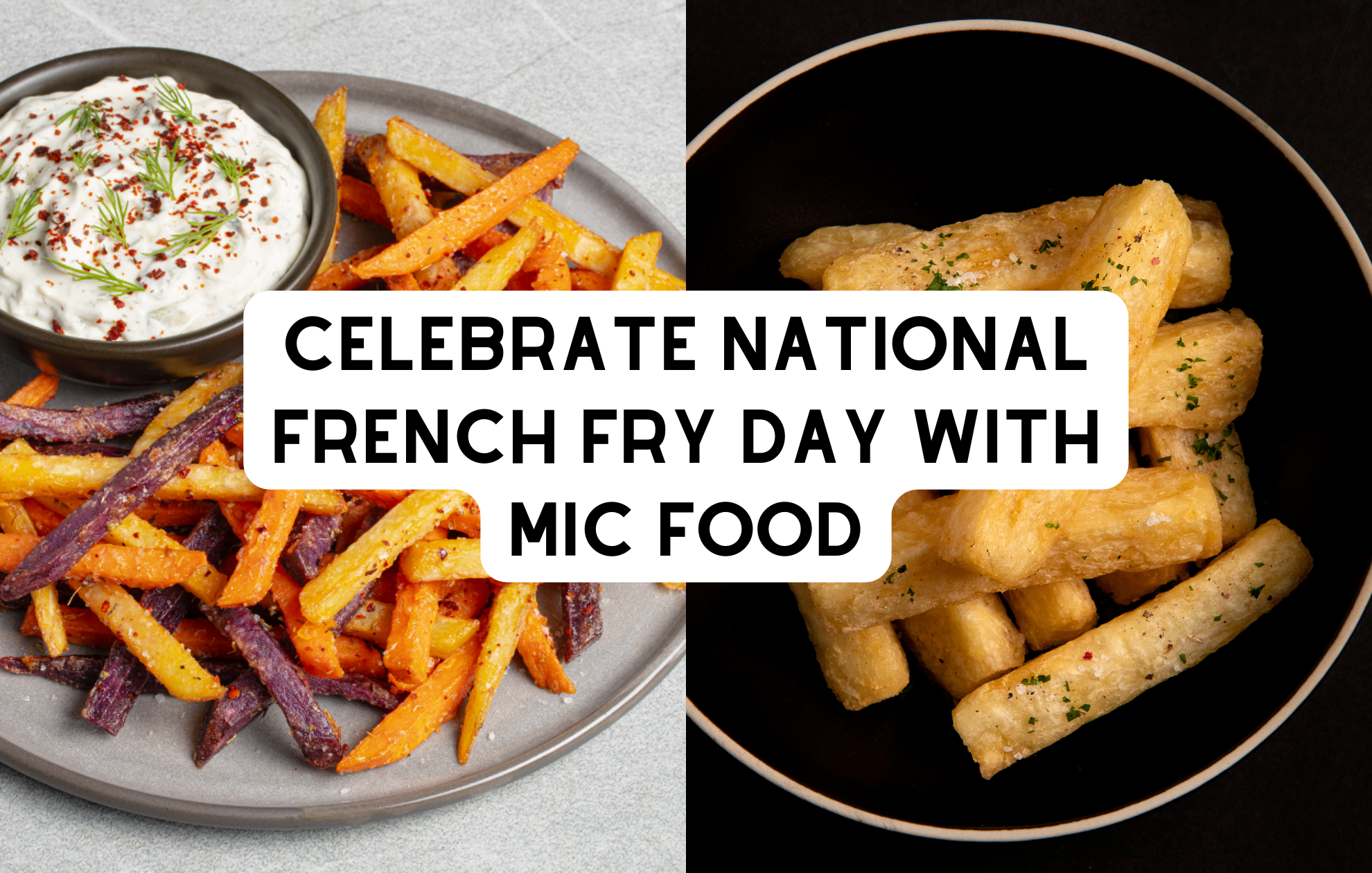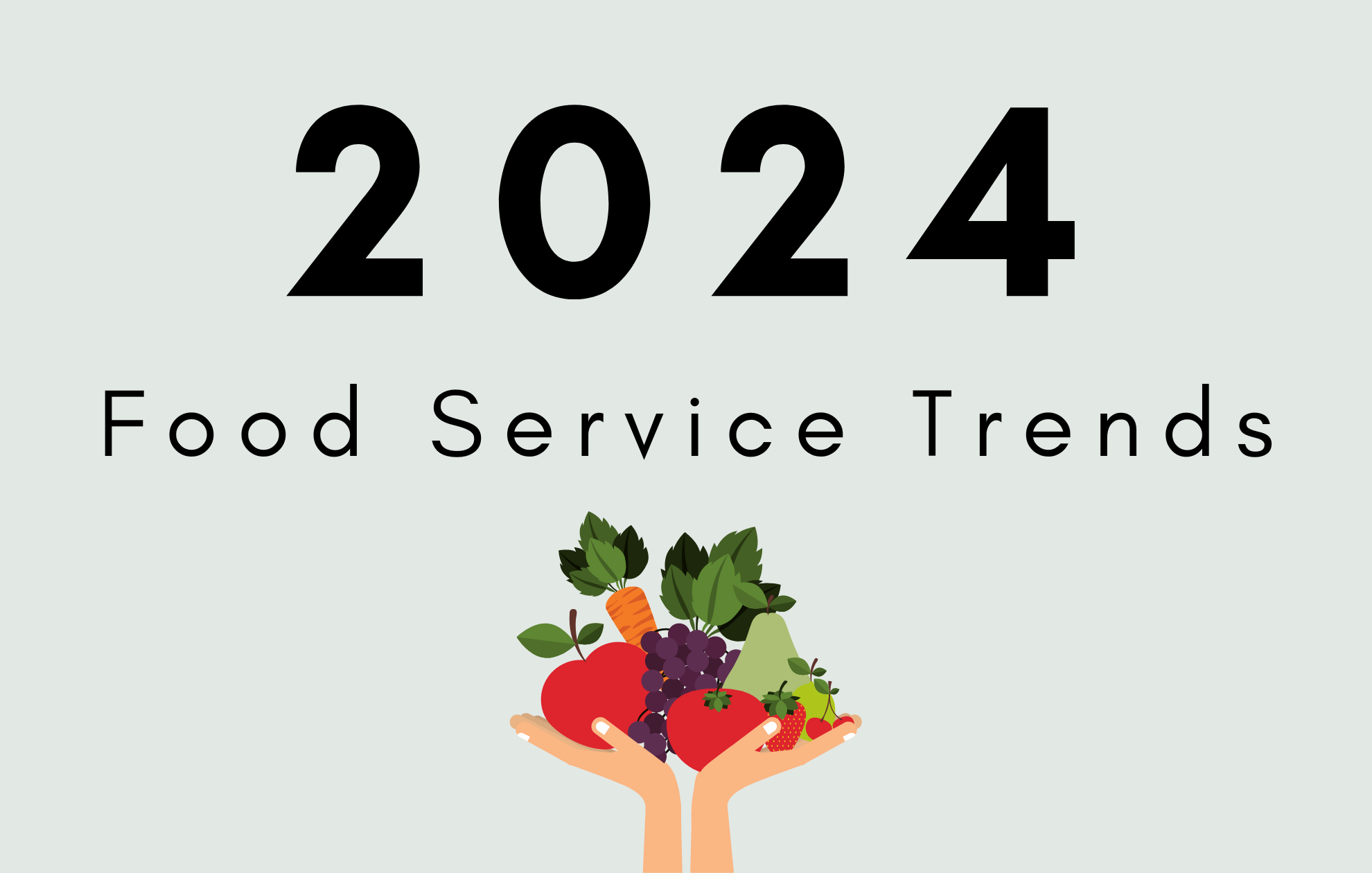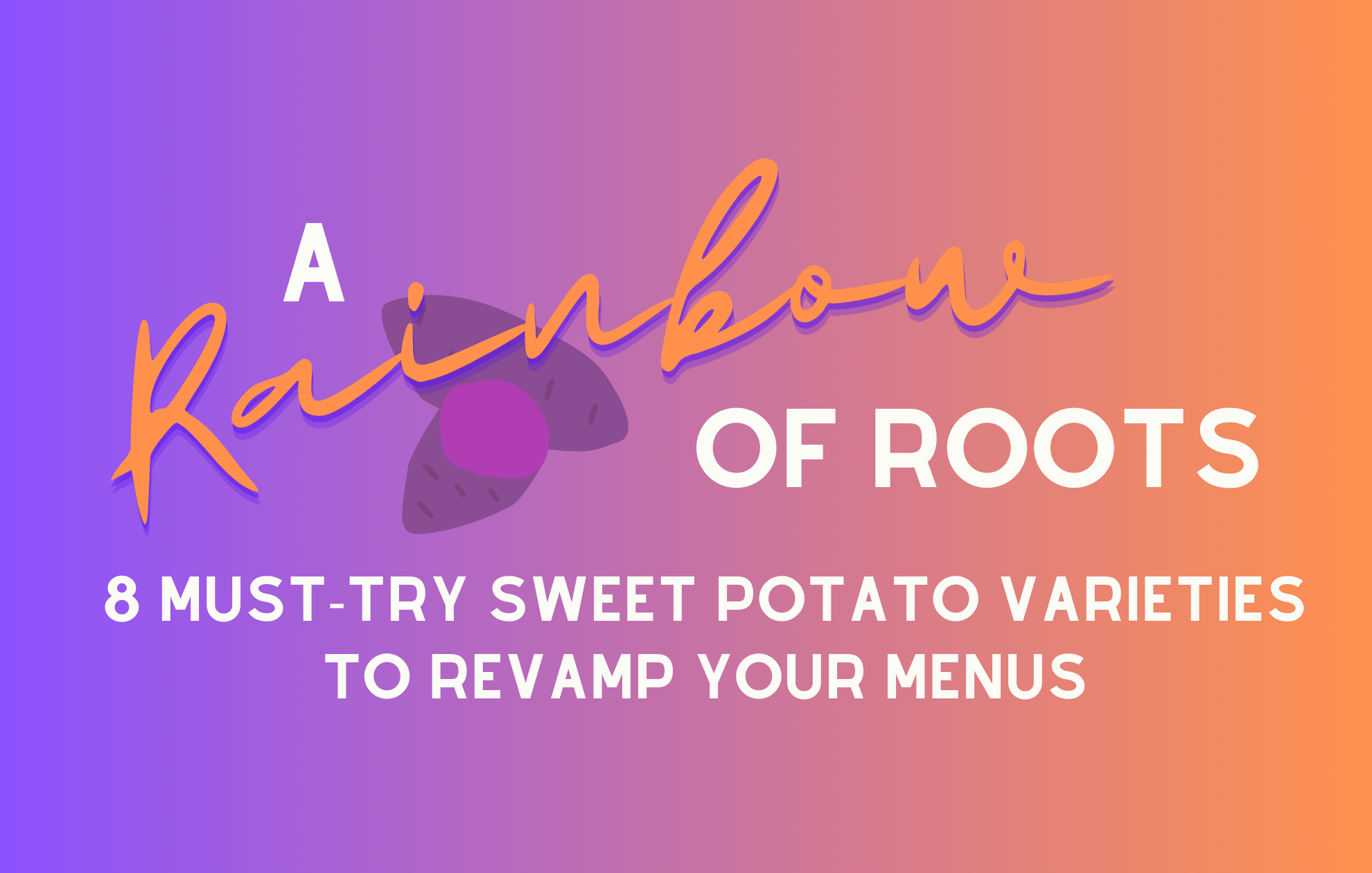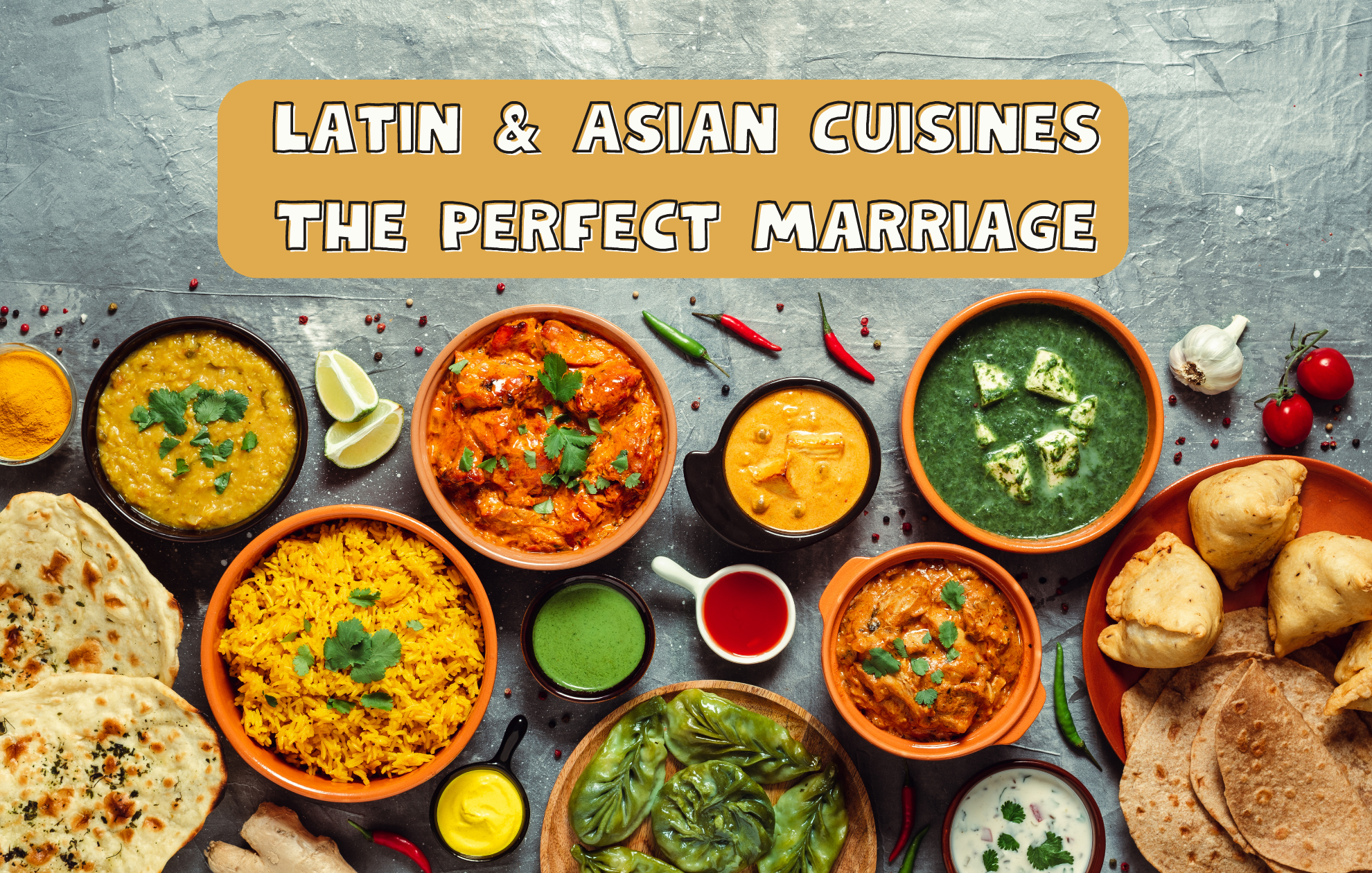Celebrate National French Fry Day with MIC Food
National French Fry Day is just around the corner, and it's the perfect opportunity to celebrate this beloved staple of modern cuisine. French fries have evolved far beyond their origins, becoming a versatile and essential component of menus worldwide. From fast food joints to gourmet restaurants, fries are a favorite side dish to a wide range of ethnic cuisines. As the demand for unique and exciting flavors grows, it's time to explore new and exotic variations that can elevate your fry offerings and delight your customers. Let's take a closer look at our star products that will elevate your fry game to a whole new level.
.png?width=3300&height=1368&name=MIC%20Food%20-%20transparent%20(1).png)










